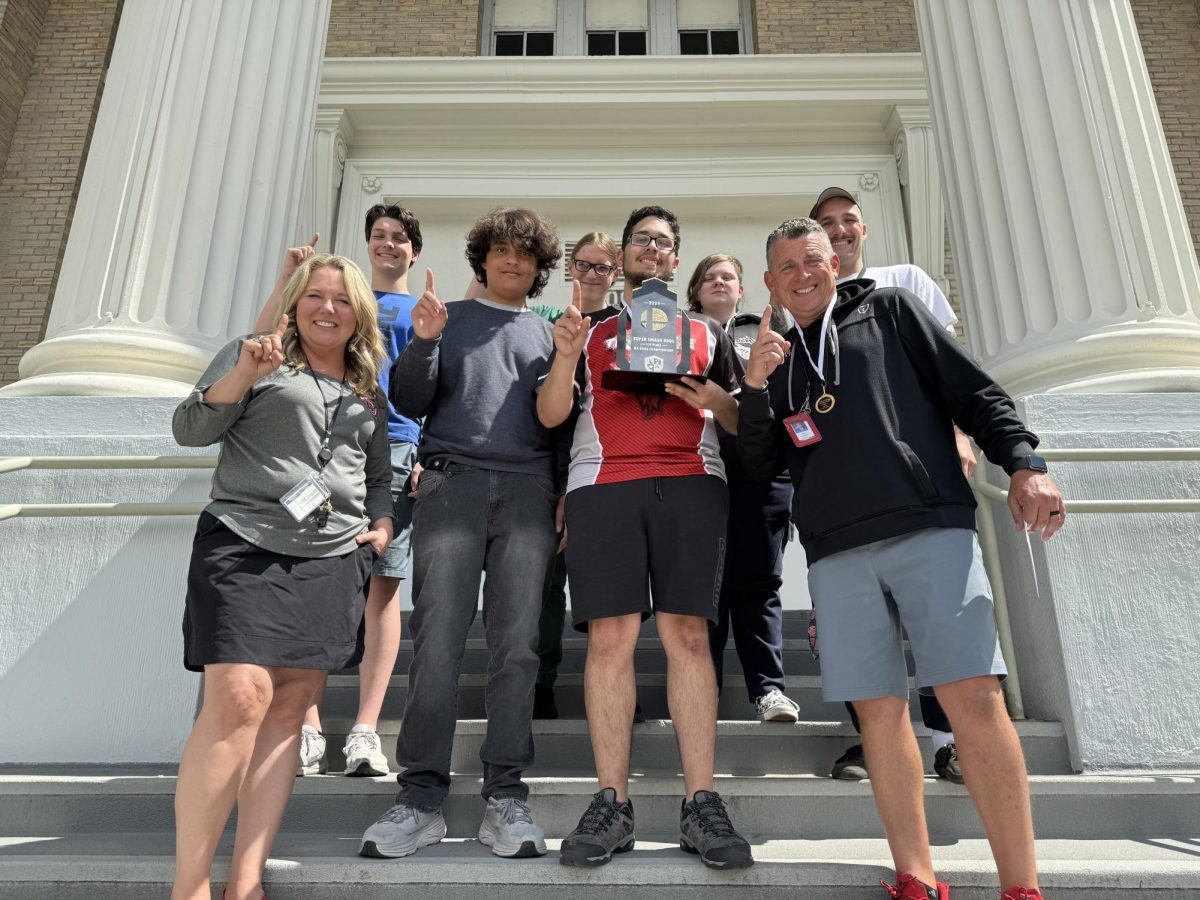It’s almost that time of year again. The NCAA’s March Madness tournament is getting closer and closer. Even if you aren’t a big basketball fan, most know what the tournament is like today. However, how did the biggest event in men’s basketball become what it is now?
The first ever NCAA D1 tournament was held in 1939, with only eight teams. The tournament started on March 17th and was ten days long. University of Oregon, Villanova, Brown, Wake Forest, Ohio State, University of Texas, University of Oklahoma, and Utah State were the original eight teams. In the championship game, University of Oregon defeated Ohio State and became the first winner of March Madness.
By 1951, the tournament had doubled in size and was up to 16 teams, and by 1975, it had doubled again to 32 teams. It expanded again in 1985 to 64 teams. Now, the NCAA invites 68 teams to the tournament, but it’s still only 64 teams that play in the actual tournament because four are play-in games.
Although the tournament had been referred to before as March Madness, it wasn’t until 1982 that CBS broadcaster Brent Musberger used it during coverage. And from there, it started to be used as the official name of the tournament.
One of the things that makes March Madness so well known is the brackets. Even if you aren’t a huge basketball fan, a majority of people fill out a bracket and usually place some type of bet on it. Part of the reason brackets are so popular is because of the upsets and unpredictableness of the tournament. In fact, there is a 1 in 9.2 quintillion chance that someone fills out a perfect bracket. Despite this, brackets have been around for decades and date back to 1977. It all started in a bar in Staten Island. 88 people filled out a bracket and put ten dollars into the pot. From there, they continued to grow. Now, about one billion dollars is spent in off-book gambling for March Madness each year and over 60 million brackets are filled out.
March Madness is one of the biggest events in sports across the nation and it’s almost upon us.









